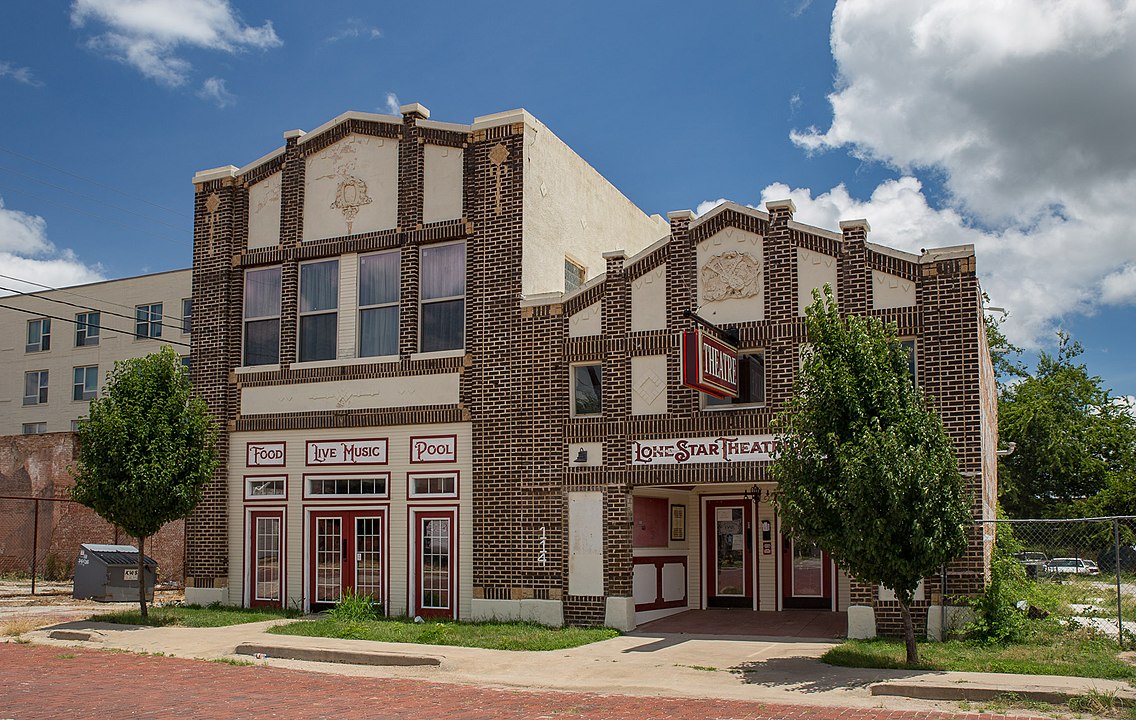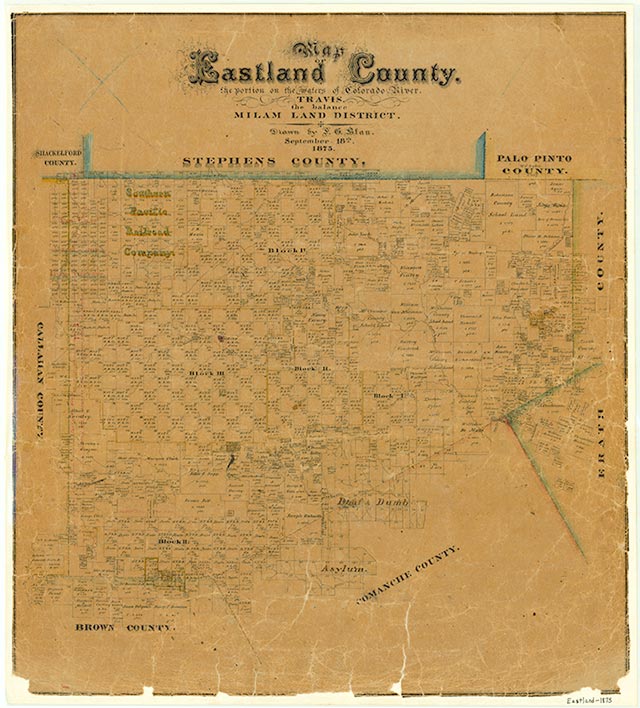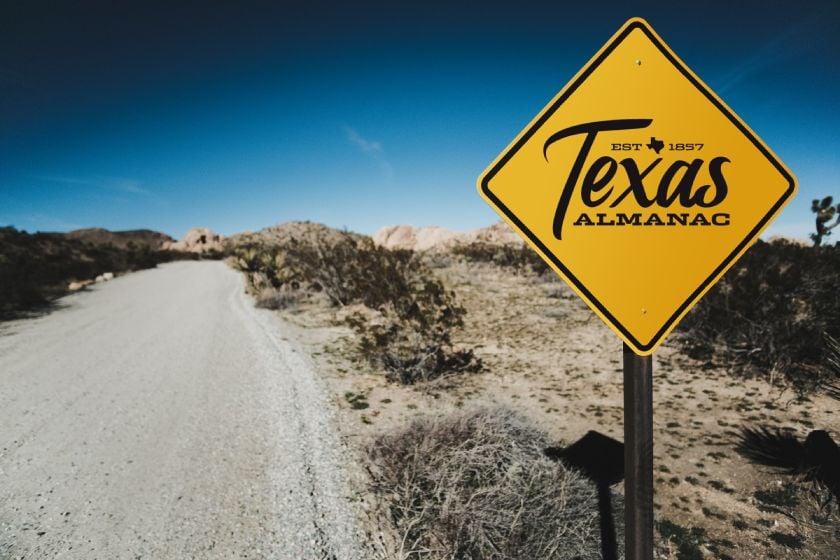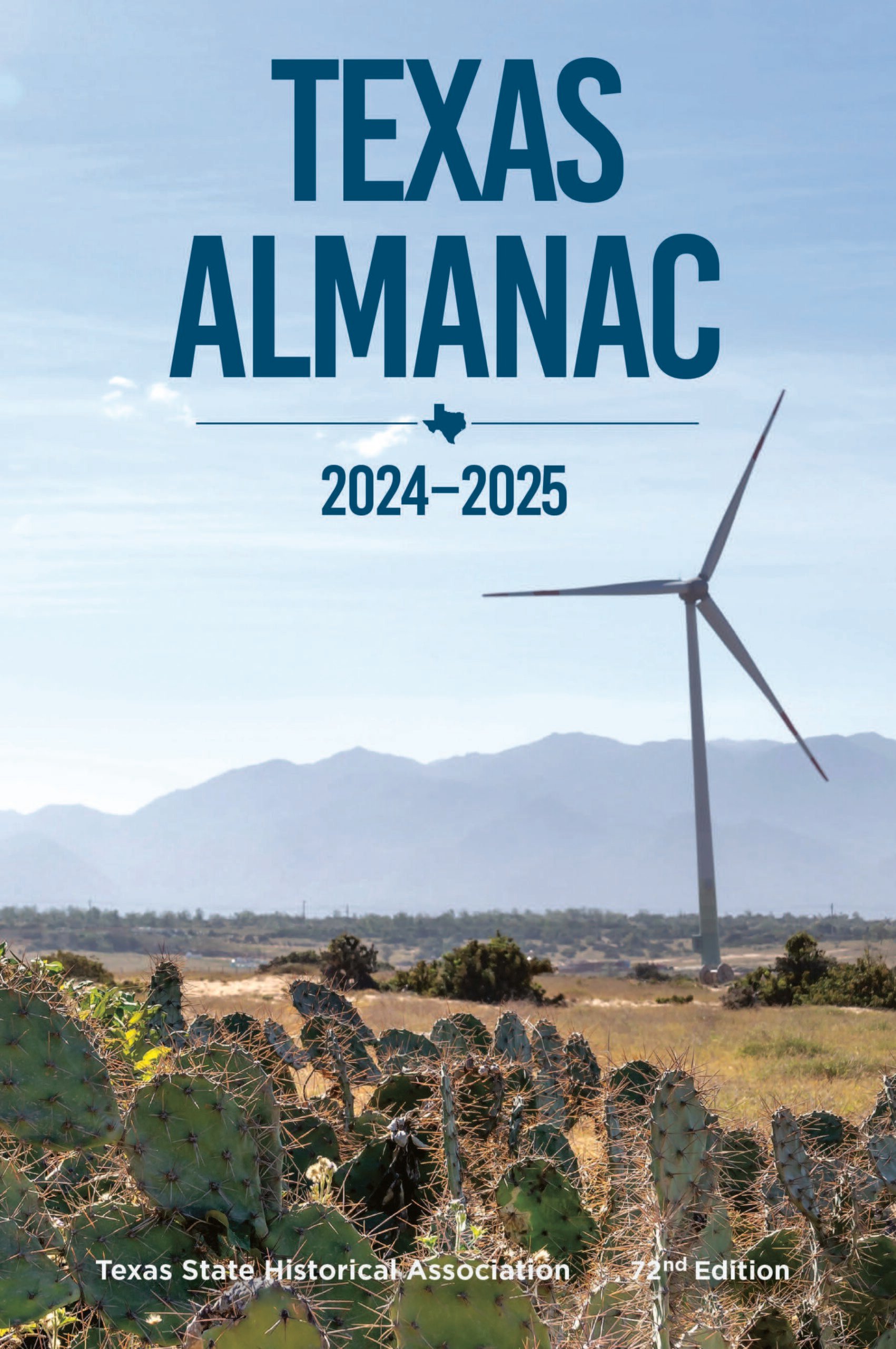Ranger

Ranger, Texas

Ranger, on Interstate Highway 20 between Abilene and Fort Worth in northeastern Eastland County, derived its name from the Texas Rangers, who in the 1870s had a camp in a valley about two miles northeast of Ranger on a prong of Palo Pinto Creek. This camp would have been at the south end of the present Hagaman Lake, earlier the Watson Ranch. By 1879 the beautiful valley housed a tent city with tent churches, schools, hotel, and general store, and was known as Ranger Camp Valley. In 1880 the Texas and Pacific Railway Company laid tracks a couple of miles west of the valley. In August 1880 I. G. Searcy deeded 160 hundred and sixty acres to Texas and Pacific Railway Company. The inhabitants of Ranger Camp Valley moved to the railway and established the permanent town of Ranger. On December 27, 1880, James M. Davis was appointed postmaster of the new Ranger post office. Between 1889 and 1904 Ranger grew from a town of 350 with two doctors to 750 with five doctors, a bank, a high school, and a women's literary club. It had become a trade center for Stephens County, an important wheat-producing area to the north.
As an agricultural center, Ranger was hit hard by the drought of 1917. Inspired by adversity, a few residents encouraged William Knox Gordon, vice president of the Texas Pacific Coal and Oil Company, to begin testing for oil. The first well drilled, the Nannie Walker No. 1, was somewhat of a disappointment, as it first produced gas and only later blew in oil. But in October 1917 the McClesky No. 1 came in, reached a daily production of 1,700 barrels, and began a mammoth oil boom that drastically changed Ranger and Eastland County. The discovery of oil in Ranger led the oil industry to reappraise Texas as an oil-producing area and allayed fears of a nationwide oil shortage, which had been growing since 1900. In June 1919 the Texas Pacific Coal and Oil Company, whose stock had skyrocketed from thirty dollars to $1,250 a share, was drilling twenty-two wells in the area. Eight refineries were open or under construction, and the city's four banks had $5 million in deposits. Later in the boom, work was begun on an eight-inch pipeline to carry oil to the Gulf Coast. Although census figures never went higher than the 16,201 recorded in 1920, Ranger may have had 30,000 residents at one time. With the arrival of the Wichita Falls and Southern Railroad, Ranger a second railway line; trains running between Fort Worth and Abilene made five daily stops in Ranger. The city was incorporated in 1919.
Noel Wiggins | © TSHA

Adapted from the official Handbook of Texas, a state encyclopedia developed by Texas State Historical Association (TSHA). It is an authoritative source of trusted historical records.

- ✅ Adoption Status:
Belongs to
Ranger is part of or belongs to the following places:
Currently Exists
Yes
Place type
Ranger is classified as a Town
Associated Names
- [-Camp Valley]
Location
Latitude: 32.46932350Longitude: -98.67510100
Has Post Office
Yes
Is Incorporated
Yes
Population Count, 2021 View more »
2,276
Places of Ranger
| Place | Type | Population (Year/Source) | Currently Exists |
|---|---|---|---|
| College or University | – | Yes |

Proud to call Texas home?
Put your name on the town, county, or lake of your choice.
Search Places »

